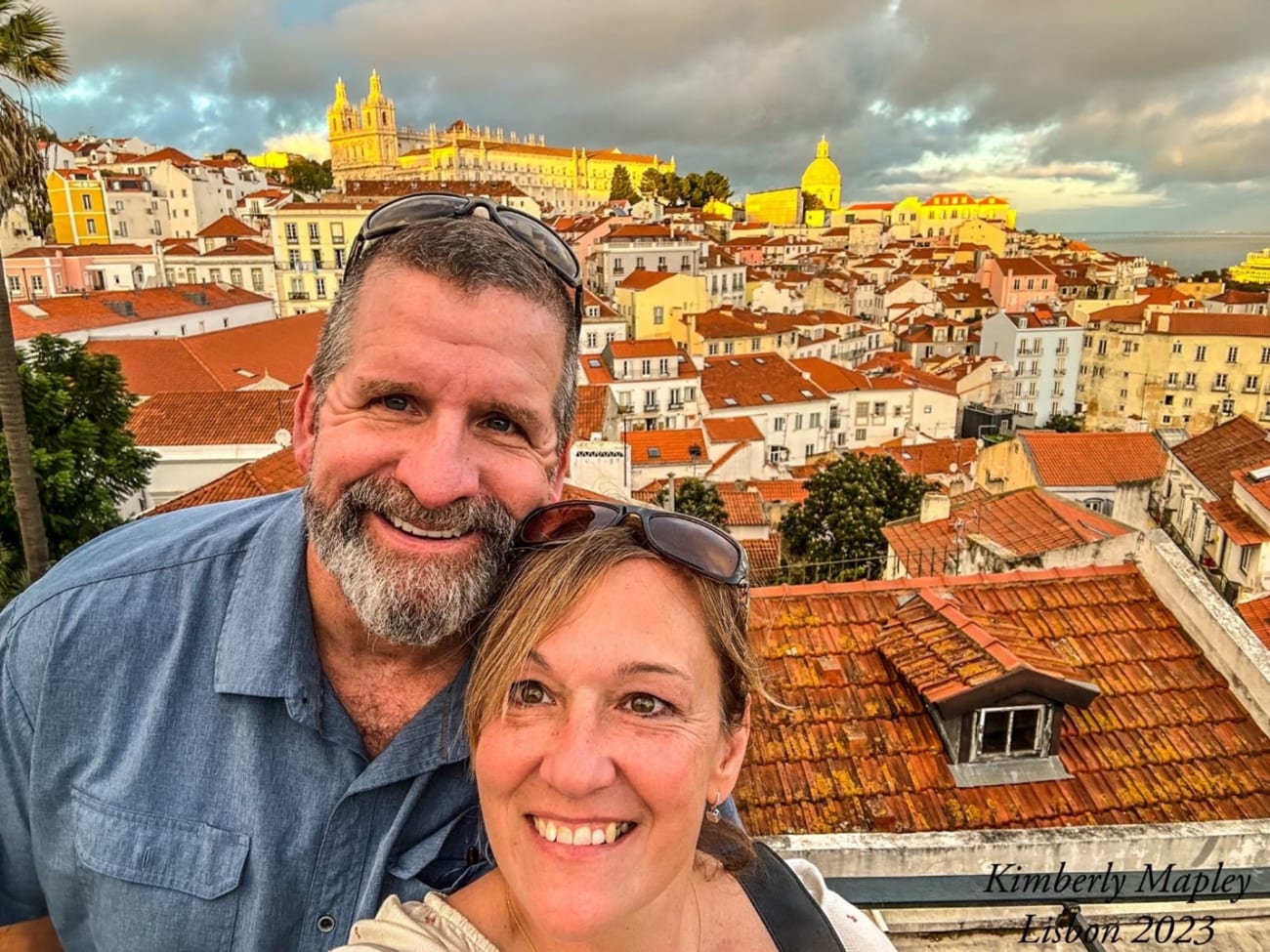
Retired police officer Michael Mapley, 57, is back to boating, painting houses and helping out his neighbors in the tiny Maine town of Portage Lake, just months after a minimally invasive robotic surgery at Sibley Memorial Hospital repaired his hernia.
Andrew Jung, Johns Hopkins surgeon and assistant professor of surgery, performed the component separation procedure at Sibley in March 2023, cutting and releasing the muscle and fascia from the abdominal wall to create enough slack to close the hernia at midline.

Jung, who says about 90% of his hernia operations are robotic, completed a fellowship in minimally invasive and robotic surgery at Emory University School of Medicine in 2022. He joined Johns Hopkins the same year, bringing his expertise to Sibley as it was acquiring a second robotic surgical device. “These complex procedures require additional training,” he notes.
Mapley’s abdominal hernia, 15 centimeters long and 7 centimeters wide, developed following emergency surgery in Maine a year earlier for a twisted intestine. His staples were removed during a follow-up visit, and everything seemed fine during the three-hour drive back to Portage Lake.
Then Mapley sneezed.
The incision split open “and I was holding my guts in my hands,” he says.
A second surgery put Mapley’s intestines back inside him, but within a few months he developed a hernia along the scar. A local surgeon told him he might need three operations to repair the damage, so Mapley sought a second opinion at Sibley Memorial Hospital, where his wife, Kim, had successful back surgery to alleviate sciatica a couple of years earlier.
“His hernia was preventing him from fully participating in activities that he loves,” says Jung, noting that his presenting symptoms were a large abdominal bulge and daily abdominal discomfort. Mapley was also at risk for needing emergent surgery to correct the life-threatening condition of an incarcerated or strangulated hernia.
Mapley was a good candidate for the procedure because he is healthy and fit, says Jung. The surgery calls for six incisions, three on each side along the torso. They’re each about 8 millimeters wide, allowing the surgeon to insert two robotic arms with graspers and one equipped with a camera that gives a high-definition 3D view inside the abdomen.
Mapley required just two days in the hospital, says Jung, while patients who have open surgery typically stay five to seven days.
He returned to Maine and gradually began increasing his activity. “Dr. Jung calls every month,” Mapley says. “I asked if I could go back to lifting weights, and he said to start light and add reps, and to stop if something doesn’t feel right.”
That was several months ago, and Mapley hasn’t slowed down since.
“The goal of the hernia operation and hernia care in general is to get people back to their normal functioning life,” says Jung.
To refer a patient to Dr. Jung, please call 202-895-1440.


